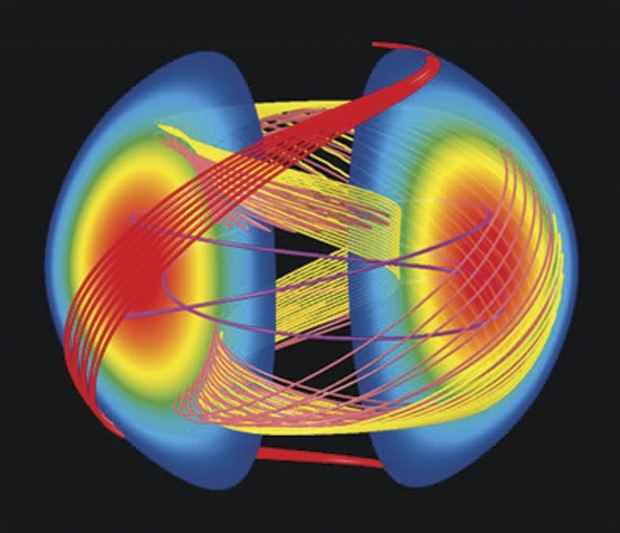
Processes for thin glass circuit boards under development
Miniaturization and extreme stress are pushing the limits of printed circuit boards made of epoxy resins, polyamides, and other polymers. High temperatures can cause material deformation or decomposition, leading to potential cracking or breakage of the dielectric layer. A research team led by Laser Zentrum Hannover e.V. is developing production processes for PCBs made from thin (145 µm) glass substrates for electronics applications above 250°C. Scientists are working to develop two different laser processes, one to structure the metal layers and one to form or vias to connect the various PCB layers or conventional components. Challenges include finding laser parameters to produce high-quality holes without thermal damage and at high speed. The researchers report that drilling a 0.2-mm diameter microvia through a 170 µm thick material currently requires 2 s.
Water glides freely across graphene “nanodrapes”
Researchers at Rensselaer Polytechnic Institute have developed a new “drape” made from graphene that is said to enhance the water-resistant properties of materials with rough surfaces. Less than a nanometer thick, optically transparent, and chemically inert, the nanodrapes are produced by growing graphene on a copper substrate, coating the graphene with a polymer film, and etching away the copper. The polymer layer with graphene sheet is then transferred to a surface before the polymer layer is removed using acetone. The innovation may benefit lab-on-a-chip devices, high-throughput assays, self-cleaning surfaces, and many other applications requiring motion of liquid drops on solid surfaces. The square nanodrapes measure several inches in length.
Hematite photoanode breaks solar hydrogen production world record
A research team at Ulsan (South Korea) National Institute of Science and Technology has developed a hematite photoanode that can convert sunlight and water to clean hydrogen energy with a record-breaking high efficiency of 5.3%. Hematite (Fe2O3) absorbs sunlight well, has excellent stability in water, and is inexpensive. Thus it has been a promising candidate material for solar water splitting photoanodes. But the material’s poor electrical conductivity has been a drawback, resulting in low efficiency. The researchers boosted conductivity by using a single-crystal “wormlike” morphology produced using a nanomaterial synthesis technique and doping the hematite with platinum. A cobalt catalyst boosted the oxygen evolution reaction. Together, these modifications reduced energy loss due to charge recombination and resulted in the record-breaking conversion efficiency.
Titania nanotubes improve dental implants
Dental implants—titanium posts surgically placed into the jawbone and topped with artificial teeth—can be a boon to patients. But bacterial infections are a risk after implant surgery, and sometimes bone fails to heal properly around the device. Enter a nano-material that can battle infection, improve healing, and help dental implants last longer: titania nanotubes. Researchers at Michigan Technological University (Houghton) are using TiO2 nanotubes to prevent infections and encourage bone growth. The nanotubes can also be a drug delivery system, loaded with painkillers and anti-inflammatory drugs or laced with silver nanoparticles. According to reserarchers, the TiO2 nanotubes also are transparent, a cosmetic advantage for dental applications.
Researchers produce ‘world’s sharpest’ X-ray beam
Using the X-ray light source PETRA III, scientists at the Deutsches Elektronen-Synchrotron facility, Hamburg, Germany generated a beam with a diameter of barely 5 nm, or about 1/10,000th the width of a human hair. Research groups from the Institute of Materials Physics of the University of Göttingen used a lens produced using a tungsten wire only 1 µm in diameter. They deposited alternating silicon and tungsten layers on the wire, then cut a thin slice containing 50–60 silicon and tungsten layers. This wire slice was used as the lens to focus an X-ray beam to 4.3 nm in the horizontal direction and 4.7 nm in the vertical direction. One researcher says the smallest X-ray beam produced before this experiment was about 20 nm in diameter.

